Magdalena Carmen Frida Kahlo y Calderón, or as she is better known, Frida Kahlo, holds the honor of being one of the most influential Mexican artists of all time. Her works, which often displayed Frida herself and her struggles throughout her life, are celebrated as feminist masterpieces.
Frida wasn’t just a painter, though. Her life was fascinating, often difficult, and filled with relationships and events that would shine through her paintings.
Below, we’ve listed 10 of the most interesting facts about Frida Kahlo and her brilliant work.
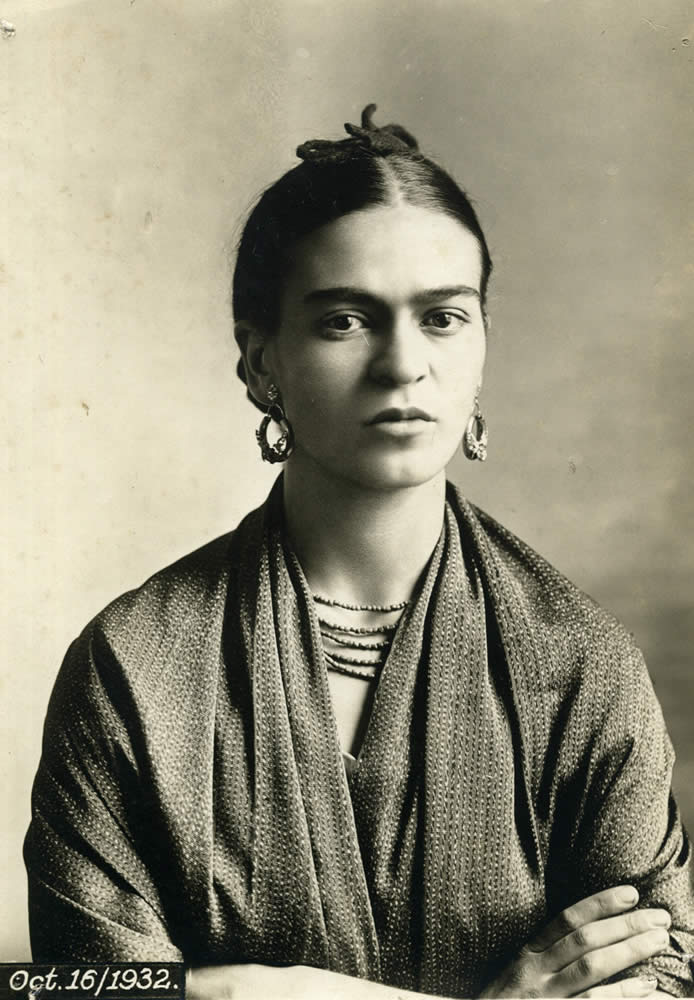
1. Much of Frida Kahlo’s Life Was Influenced by a Bus Accident
While many moments defined Frida Kahlo’s life, the most impactful may have been the bus accident she was involved in at just 18 years old.
At the time, Frida was attending the National Preparatory School in Mexico City, where she was studying to be a doctor. Frida’s talent as an artist was obvious from a young age, but up until the accident, her dreams lay elsewhere.
Things changed in an instant when on September 17, 1925, a bus that Frida was on crashed into a streetcar. Despite the relatively slow speed of the vehicles, Frida was terribly injured in the crash.
Her spine, leg, ribs, and pelvis had been broken, and a metal rod pierced her abdomen. This rendered her unable to bear children for the rest of her life.
Frida had to be put into a full-body cast as she recovered, but it was during this difficult recovery that she found solace in art. When she was healed enough to rejoin the world, this love of art never left.
2. 55 of Frida Kahlo’s Paintings Were Self Portraits
Throughout healing from the bus accident, Frida became fascinated with her own image. When asked why she painted so many self-portraits, Frida was quoted, “I paint self-portraits because I am so often alone…because I am the subject I know best.”
Frida Kahlo’s self-portraits weren’t just simple reflections of herself, either. They were detailed and complex, full of hidden symbology and meaning that defined her as a Surrealist painter, even if she didn’t always consider herself so.
These self-portraits told haunting stories of Frida’s injury, her miscarriages, and the suffering she dealt with her entire life. Some of her most important self-portraits were:
- Henry Ford Hospital (1932)- This painting displays Frida when she suffered a miscarriage at Henry Ford Hospital in Detroit, Michigan. Six objects float around her–a fetus, an orchid, a snail, a teaching model of female anatomy, an autoclave, and a human pelvis bone, all connected by red ribbons.
- The Two Fridas (1939)- Displaying two Frida Kahlos, this painting has the hearts of both Fridas exposed, representing the dichotomy of emotions surrounding her brief divorce from Diego Rivera.
- The Broken Column (1944)- A display of all of Frida’s physical suffering, The Broken Column has Frida’s body pierced with numerous pins, the eponymous broken column in place of her spine, and a corset holding her broken frame together.
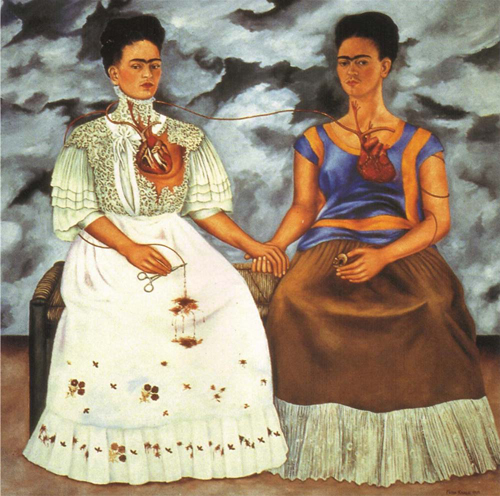
3. Frida Often Lied About Her Birthday
Since Frida Kahlo was so invested in politics and the Mexican Revolution, it was a point of pride that she could claim she was born in the same year as the start of the Mexican Revolution.
Except…that wasn’t completely true. Frida Kahlo’s birth certificate states that she was born in 1907, not 1910 as she claimed. She likely changed the year of her birth not to appear younger, but to align herself with the Revolution she was so passionate about.
4. Frida Kahlo’s Fame Reached Its Peak Decades After Her Death
Unlike some artists who never saw any sort of fame during their lifetime, Frida Kahlo saw a fair amount. Her works were popular, and she gained an extra boost to her notoriety because of the fame of her husband, Mexican painter Diego Riviera.
But despite doing moderately well as an artist during her life, she wouldn’t become a household name synonymous with Mexican and feminist artwork until a few decades after her death.
She died young, at the age of 47 on July 13, 1954. Slowly, her star began to rise posthumously. In 1958 her home, the famous Blue House, opened as a museum dedicated to her life and art.
The feminist movement of the 1970s also brought attention to Frida’s works, followed by a book published about her life, A Biography of Frida Kahlo, in 1983. This would all culminate in a movie starring famed actress Selma Hayek, simply called Frida, that was nominated for 6 Academy Awards and won two.

5. Her Marriage With Mexican Painter Diego Rivera Was Difficult
“I suffered two serious accidents in my life, one in which a streetcar knocked me down…The other accident was Diego.”-Frida Kahlo
Diego Rivera and Frida Kahlo would marry twice, divorcing for a year in between. Their relationship was tumultuous but the two of them undoubtedly loved each other to a great degree. But as we’ve seen time and time again throughout history, love isn’t always enough to make a happy home.
There was a large age gap between the two–Frida first met Diego when she was 15 and he was 36, but the pair wouldn’t wed until Frida was 22. Their relationship was defined by art and passion, but not always for one another.
Both Diego and Frida would involve themselves in extramarital affairs. There seemed to be an understanding between the two regarding this.
But it all came crashing down when Diego entered into an affair with Frida’s sister Cristina. This led to their brief divorce.
Despite all of this, the couple remained together. Both Diego and Frida included one another in their works, and Diego was by her side when she passed away at just 47 years old.
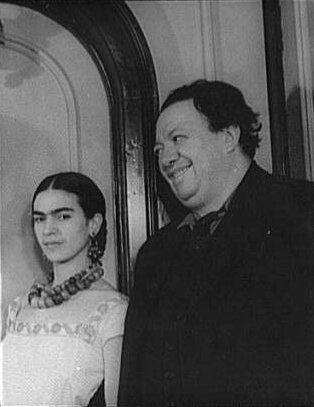
6. Frida Kahlo Was Bisexual
As mentioned above, there was a sort of understanding between Frida and Diego about the multiple affairs that they both engaged themselves in. There was jealousy and anger still apparent, but there was one part of Frida’s identity that Diego accepted quite willingly–her bisexuality and the female lovers she was rumored to have taken.
Frida was openly bisexual. Some of the women that she was linked with were just as famous as Frida herself, if not even more so.
Some of the bigger names were French-American socialite Josephine Baker and famous American painter Georgia O’Keefe. Hollywood starlet Dolores del Rio is even thought to be pictured in one of Frida’s paintings.
This painting was the clearest about representing Frida’s sexuality. It was titled Two Nudes in a Forest, which pictured two naked women, one lounging in the lap of the other.
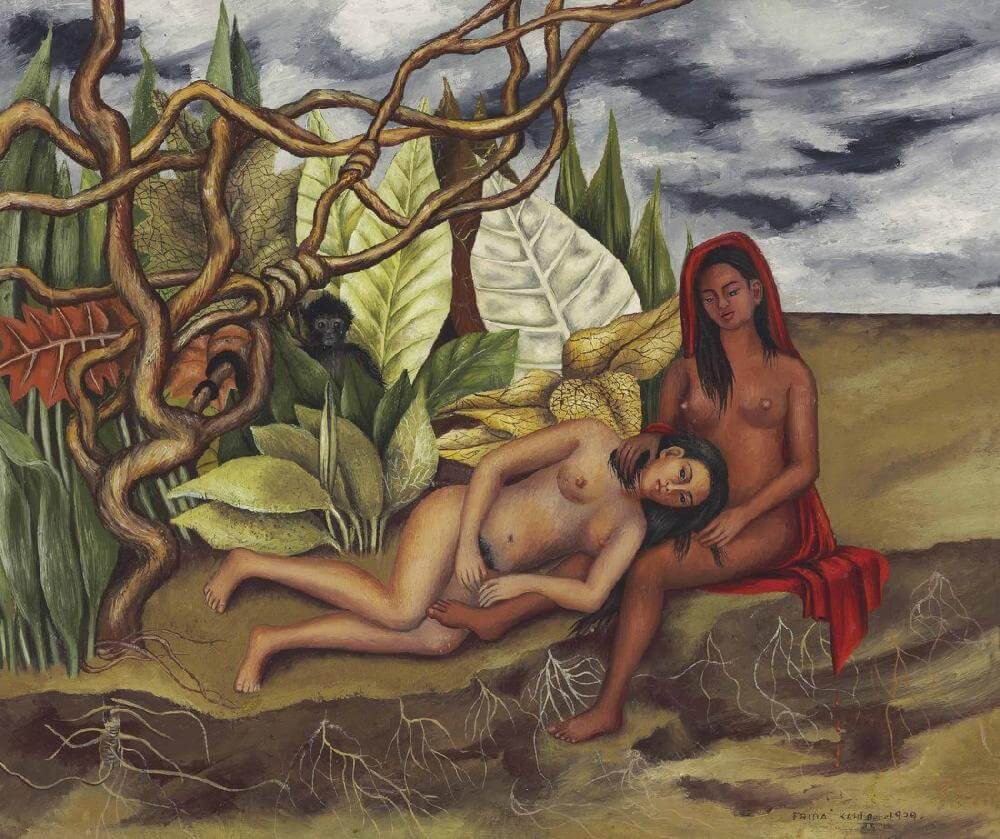
Out of all of these affairs, her affection and attraction to O’Keefe was the strongest. The two women were very similar to each other.
Both feminist artists and trailblazers in a world still run mostly by men. These similarities drew them to each other immediately on their first meeting.
For years Kahlo and O’Keefe would exchange flirtatious and heartfelt letters to one another when they couldn’t be together. It seems besides Diego, her relationship with O’Keefe was one of the most meaningful of her life.
7. She Suffered From Polio As a Child and Eventually Lost a Leg
When describing the misfortunes that Frida Kahlo faced throughout her life, the bus accident that left her body broken is always at the top, and for good reason. But when Frida was only 6 years old, she suffered a different sort of issue that left her legs damaged long before the bus.
In 1913 Frida was diagnosed with poliomyelitis. She was just 6 when she caught the debilitating disease, and it left her bedridden for several months.
Polio is a punishing disease. While Frida avoided horrors like the iron lung or permanent paralysis, she didn’t escape the disease totally unharmed.
Polio, along with a possible congenital deformity, left Frida’s right leg shorter than her left. It also decreased circulation in the limb. This led to her needing specially constructed shoes to even her legs out, which gained her ridicule from other children her age.
Decades later, Frida’s right leg would be ravaged by gangrene and she would need to have the limb amputated. While polio might not have been the sole reason for her losing her leg, these early-life deformities undoubtedly played a part.
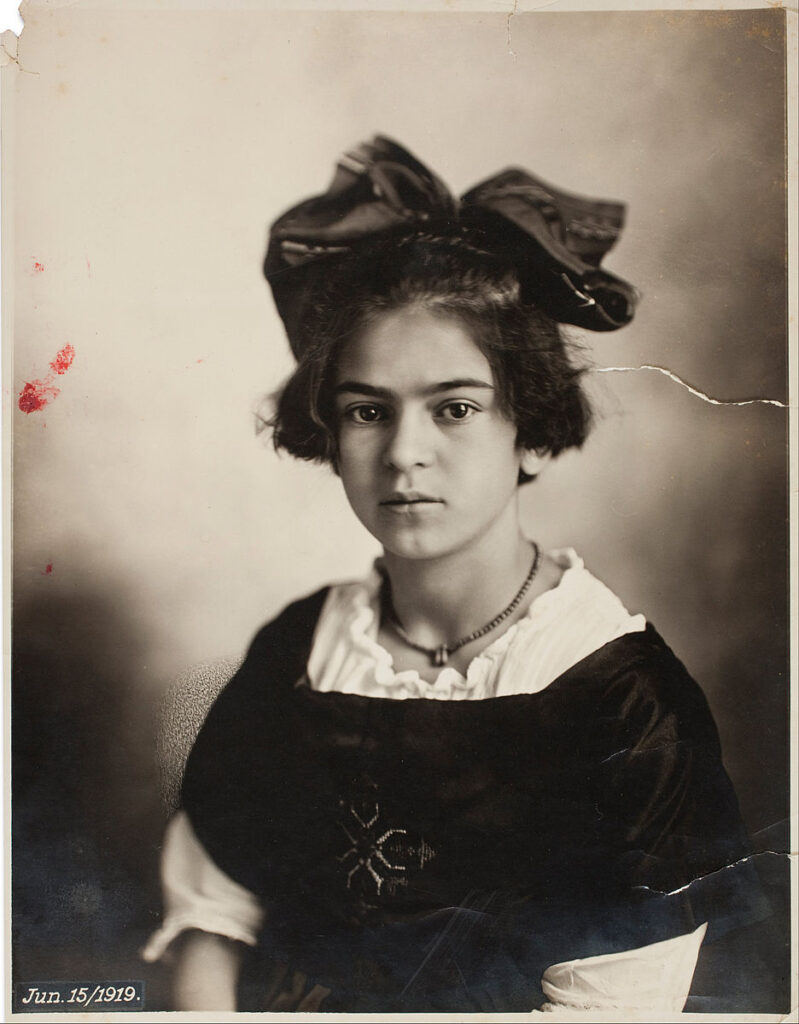
8. Frida Kahlo Had An Affair With Leon Trotsky
One of Frida’s most notorious affairs was with Russian revolutionary Leon Trotsky. Trotsky, the founder of the Red Army who was ousted from Russia after Stalin took power, was living in exile when he received an offer of political asylum in Mexico.
It was none other than Diego Rivera who petitioned the Mexican president to offer asylum to Trotsky. The artist planned on being the one to greet them at the docks when they made landfall.
Unfortunately, Diego was sick when Trotsky and his wife arrived in Mexico, so it was Frida who greeted the couple. Frida and Diego offered their Blue House to Trotsky and his wife, adding a plethora of security measures to keep them safe.
It didn’t take long for Frida and Trotsky to begin an affair. They slipped love notes to each other in borrowed books and engaging in trysts at Frida’s sister’s house.
As scandalous as the affair was, it didn’t seem to faze Diego nearly as much as it did Trotsky’s wife, Sedova. She demanded an end to the extramarital relationship as soon as she discovered it.
Time passed, and the two couples grew apart. The distance became intense when Diego declared that he and Kahlo were Stalinists.
When an assassin failed to kill Trotsky in 1940, Diego was one of the first suspects, though he was quickly cleared. Later that year, Ramón Mercader, an agent for Stalin, managed to successfully assassinate Trotsky.
This bizarrely led to Frida being imprisoned for a day and questioned about the murder, due to her having a passing acquaintance with Mercader earlier in the year. Frida too was quickly cleared, her brief love affair with the revolutionary long in the past.
9. Frida Kahlo Was a Surrealist Painter
For being considered one of the most important Surrealist painters of all time, it’s interesting to note that Frida herself didn’t consider herself a surrealist. This may be because her work crossed many different art movements, surrealism being only one of them.
Frida Kahlo actually met the father of all surrealist art, André Breton, in 1938. He insisted that her work was indeed surrealist in nature.
Considering that Breton was the one to start the movement, his seal of approval should have been all Frida needed to classify herself as a surrealist painter. However, her relationship to her art was much too personal to be given a single, overarching label.
Where André Breton was quoted as saying Frida’s work was like “A ribbon around a bomb,”, Kahlo pushed back, saying, “Really I do not know whether my paintings are surrealist or not, but I know that they are the frankest expression of myself.”
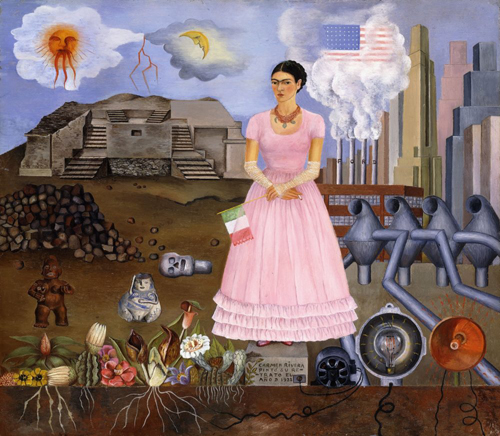
10. Despite her Inability to Walk, Frida Attended Her First Solo Exhibition by Ambulance
In 1950, Frida Kahlo lost her long battle with the health of her right leg when the limb became infected with gangrene. She had been suffering not just from problems with her leg, but chronic pain and other health issues that left her bedridden most of the time.
She was in agony more often than not.
Despite this, Frida clinched her first solo exhibition in 1953. Even when she was unable to get out of bed, Frida would paint and create artwork, persisting despite her limited mobility.
No one would have blamed her for missing the opening ceremony of her exhibition. But it was something Frida had waited her entire life for. She wasn’t going to let the opportunity slip away so easily.
Frida arrived at her first solo exhibition by ambulance, where she was then transferred to a bed in the gallery. From there, she greeted the attendees of her exhibition and enjoyed the celebration she had waited so long for.
References
“How a Devastating Accident Changed Frida Kahlo’s Life and Inspired Her Art”-Elizabeth Svoboda
https://www.history.com/news/frida-kahlo-bus-accident-art
“Frida Kahlo’s Self-Portraits”- Katie Peters
https://www.people.vcu.edu/~djbromle/artviewsnet/2002/students2002/kahlo/PetersKahlo.htm
“Frida Kahlo biography”